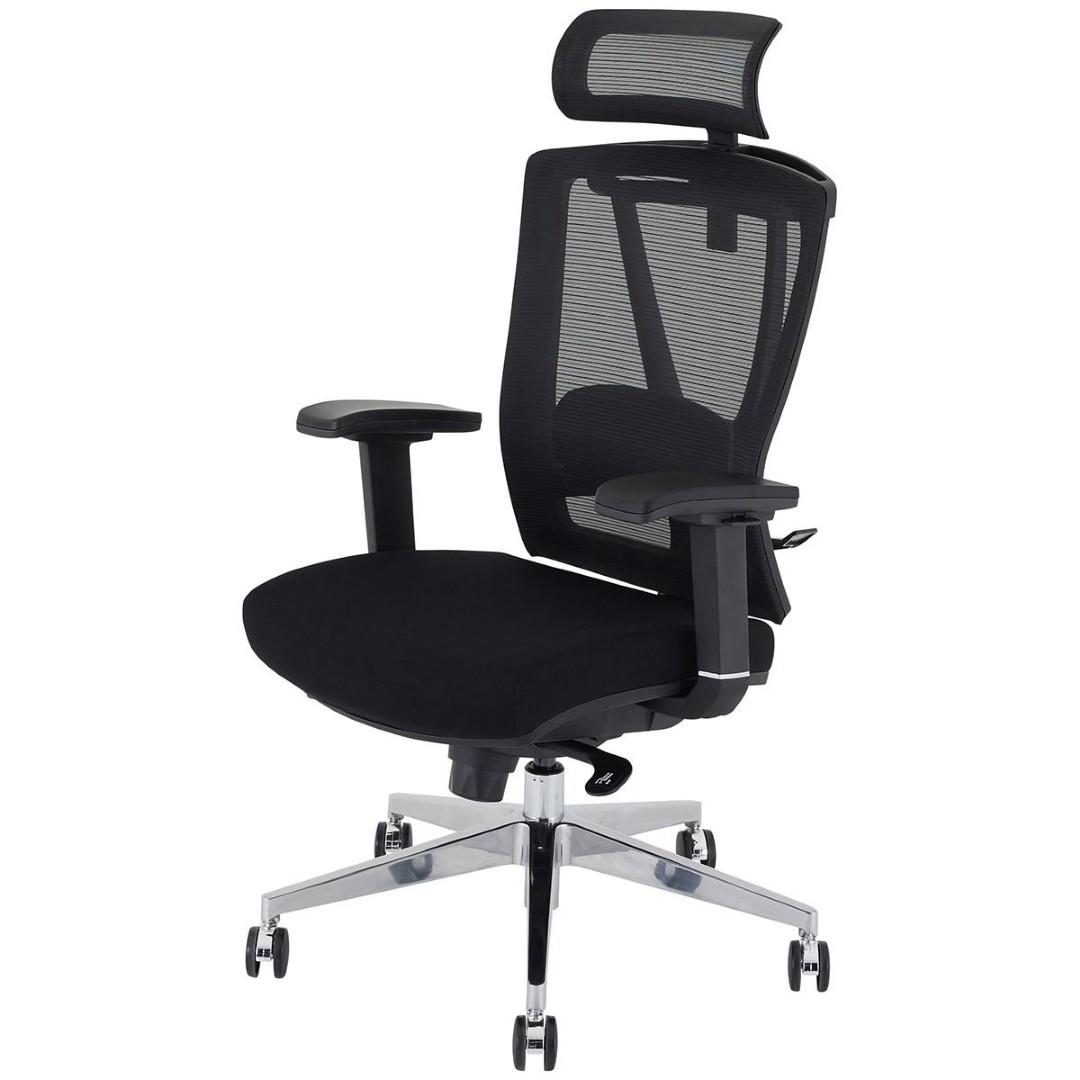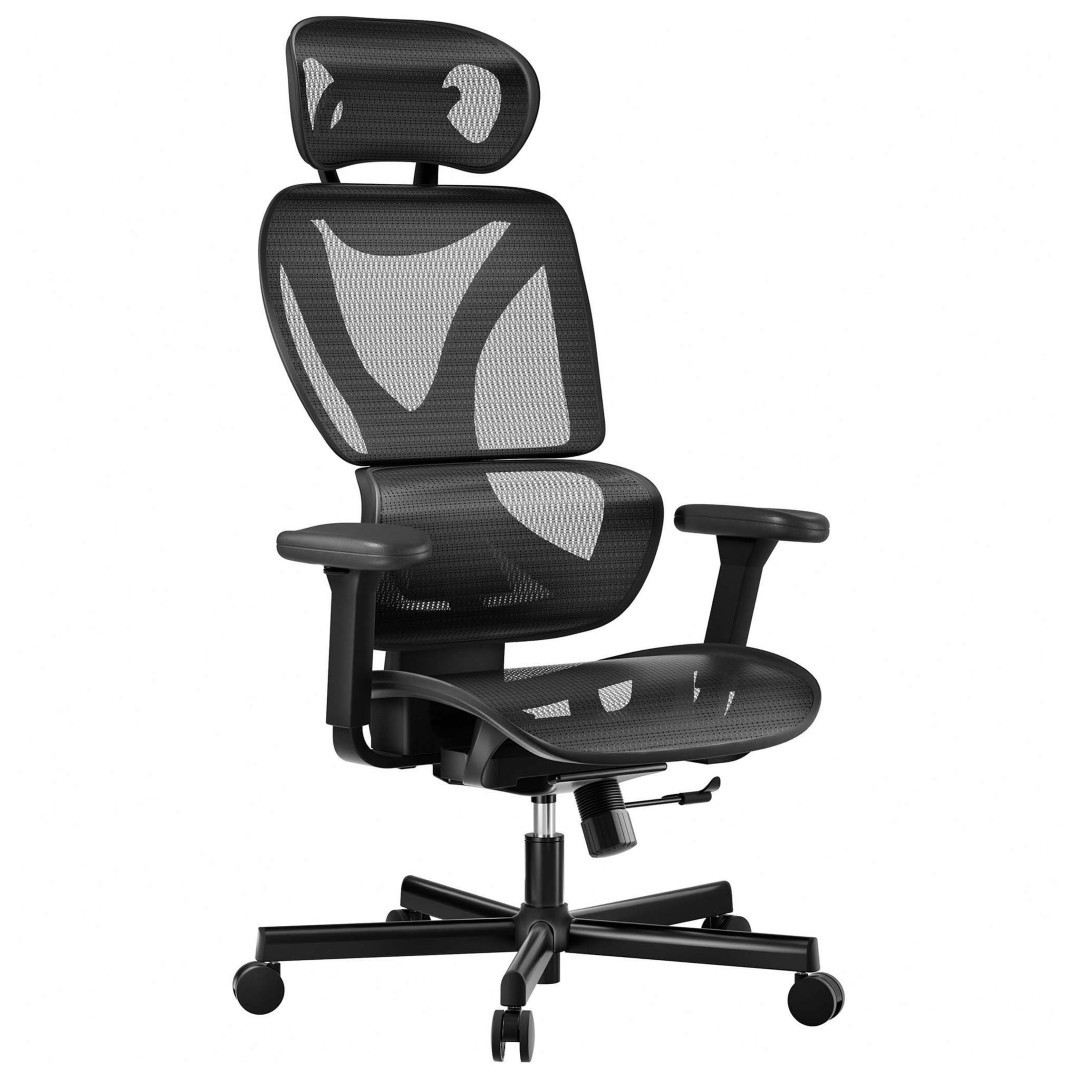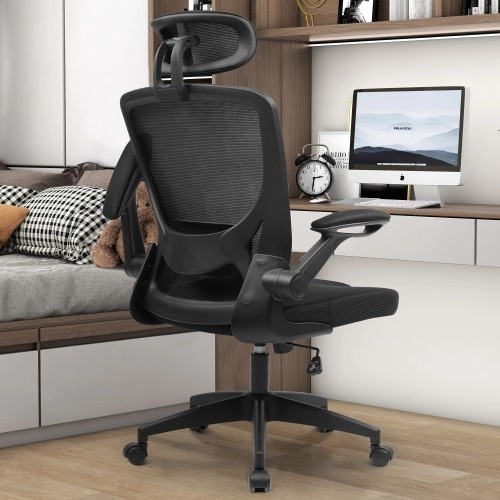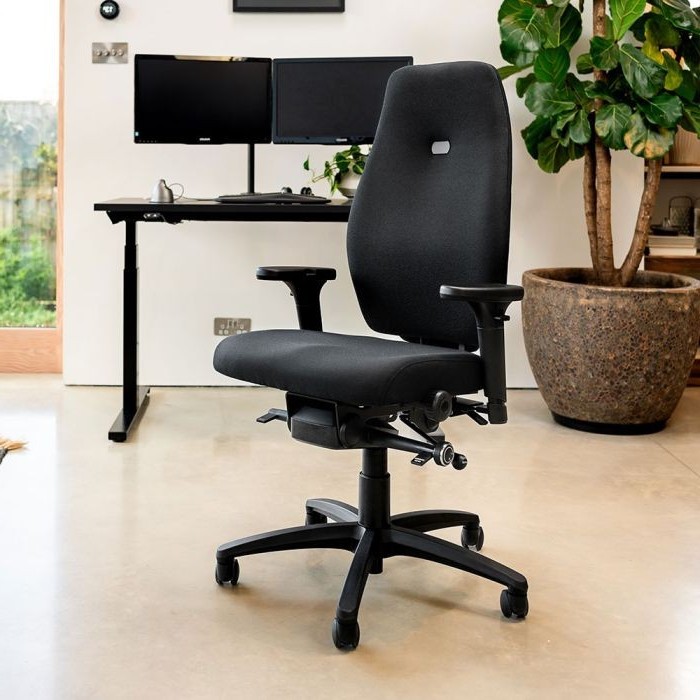Who says you need to spend a fortune to have a comfortable and productive workspace? It’s absolutely possible to snag a fantastic office chair that supports your back and your budget. We’re going to dive deep into what makes a good chair, even when the price tag is under $150. Get ready to transform your work-from-home setup or office nook into a haven of comfort and efficiency.
Let’s be honest, spending hours hunched over a desk can take a toll. A good office chair isn’t just about looking professional; it’s about your well-being. It can prevent aches, boost your focus, and frankly, just make your workday a whole lot more pleasant. But the world of office furniture can seem overwhelming, with prices that can make your eyes water. The good news? You don’t need to empty your savings account to find a chair that ticks all the boxes. This guide is your roadmap to navigating the world of budget-friendly office chairs, helping you make a smart choice that you’ll thank yourself for every single day.
What Really Matters: Key Features to Prioritize
When you’re looking for a chair under $150, it’s easy to get swayed by flashy designs. But we need to focus on what truly impacts your comfort and health. Think of it like buying a car – you want it to run well and be safe, not just look pretty. So, what are the non-negotiables?
- Lumbar Support: This is huge. Your lower back needs a curve to stay happy. Look for chairs with built-in lumbar support or adjustable options. Even a simple curve in the backrest can make a big difference.
- Adjustability: Can you change the seat height? What about the armrests? Being able to fine-tune your chair to your body is crucial for preventing strain. A chair that’s too high or too low can cause all sorts of problems.
- Seat Comfort: You’ll be spending a lot of time here, so the seat needs to be supportive and cushioned, but not so soft that you sink into it. A good seat depth is also important; your thighs should be supported without the edge digging into them.
- Materials and Durability: While you might not get premium leather at this price point, look for sturdy construction. Mesh backs are great for breathability, and durable fabric seats can withstand daily use.
Decoding the Designs: Types of Budget-Friendly Chairs
The market offers a few popular styles that often fall within our price range. Understanding these can help you narrow down your search.
- Ergonomic Task Chairs: These are often the workhorses. They typically feature adjustable height, often some form of lumbar support, and sometimes adjustable armrests. They’re designed for long hours of sitting and focusing on tasks. Many good options here are made with mesh backs to keep you cool.
- Basic Swivel Chairs: Simpler in design, these chairs usually offer seat height adjustment and a swivel base. They’re a step up from a standard dining chair but might lack advanced ergonomic features. Great for lighter use or if you don’t need extensive adjustability.
- Executive Chairs (Budget Versions): Sometimes you can find padded, faux-leather chairs that mimic the look of more expensive executive models. While they might offer a plush feel, be mindful of the actual support and durability. The padding can compress over time, and the faux leather might not breathe well.
Think about how you work. Are you constantly shifting and moving, or do you need a chair that’s more about steady, focused support?
The Power of Reviews: Learning from Other Shoppers
Don’t underestimate the wisdom of the crowd. Online reviews are your best friend when shopping for anything, especially budget items. People who have actually used the chair for weeks or months can offer invaluable insights.
When you’re reading reviews, look for:
- Comments on Comfort Over Time: Does the chair stay comfortable after a few hours? Does the cushioning flatten out quickly?
- Durability Concerns: Are people reporting parts breaking or the chair becoming wobbly after a short period?
- Ease of Assembly: Most chairs in this price range require some assembly. Reviews can tell you if it’s a breeze or a nightmare.
- Specifics on Support: Do reviewers mention if the lumbar support is effective for them, or if it’s just for show?
Pay attention to recurring themes, both positive and negative. A few isolated complaints might not mean much, but if many people are saying the same thing, it’s worth taking note.
Where to Find Your Gem: Shopping Strategies
You don’t need to go to a fancy furniture store to find a great deal. Plenty of online retailers and even some brick-and-mortar stores offer excellent options.
- Online Retailers: Amazon, Wayfair, Overstock, and even Walmart’s online store often have a vast selection of chairs under $150. Their filtering options and customer reviews are incredibly helpful.
- Office Supply Stores: Stores like Staples or Office Depot often have sales and a decent range of budget-friendly task chairs. It can also be a place to try out chairs in person before buying online.
- Discount Retailers: Sometimes, you can stumble upon a great deal at stores like Target or even IKEA, though selection can vary.
Pro-tip: Keep an eye out for sales events like Black Friday, Cyber Monday, or end-of-year clearances. You might be able to snag a chair that was originally priced a bit higher for well under $150.
Common Pitfalls to Avoid
It’s easy to make a mistake when you’re trying to save money. Here are a few things to watch out for so you don’t end up with a chair that causes more harm than good.
- The “Looks Great, Feels Awful” Trap: Don’t just buy based on a picture. If you can’t try it, rely heavily on reviews and descriptions of ergonomic features.
- Ignoring Assembly Instructions: A poorly assembled chair is an unstable chair. Take your time and follow the steps carefully. If you’re not handy, consider if a friend can help or if there’s an assembly service available (though this might push you over budget).
- Assuming “Ergonomic” Means “Perfect”: The term ‘ergonomic’ is used broadly. Always check for specific features like lumbar support and adjustability, rather than just relying on the label.
- Not Considering Your Body Type: A chair that’s perfect for a petite person might be uncomfortable for someone taller or larger. Reviewers often mention if a chair runs small or large, which can be a helpful clue.
Maximizing Comfort: Small Tweaks for Big Impact
Even with a budget chair, you can often enhance your comfort. Small adjustments can make a world of difference throughout your workday.
- Footrest: If your feet don’t quite reach the floor comfortably, a simple footrest can improve posture and circulation.
- Lumbar Pillow: If your chair’s built-in support isn’t quite cutting it, a small, inexpensive lumbar pillow can provide extra cushioning and support.
- Armrest Positioning: If your armrests are adjustable, make sure they’re set so your shoulders are relaxed, not hunched. If they’re not adjustable, consider if they’re actually helping or hindering your posture.
- Regular Movement: No chair, no matter how expensive, is a substitute for moving. Get up, stretch, and walk around every hour or so. This is the best way to prevent stiffness and fatigue.
Finding a great office chair under $150 is entirely achievable with a bit of knowledge and smart shopping. By focusing on essential features like lumbar support and adjustability, by reading reviews carefully, and by knowing where to look, you can secure a seat that supports your productivity and your well-being. Remember, an investment in a comfortable chair is an investment in yourself. Go forth and find that perfect, budget-friendly throne for your workspace. Happy sitting!















